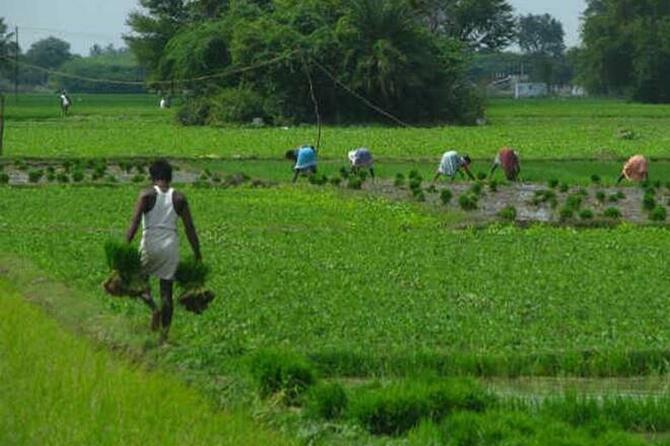With 300 mn Indians in its fold, cooperative sector awaits big-bang reforms

Creation of a new cooperation ministry led by India’s second-most powerful politician signals disruption, points to new farmer-friendly policies ahead of 2024 national polls.
About 150 years ago, in British India, big farmers in the western region of Maharashtra agitated over unfair lending practices and demanded a more fair and inclusive financing structure.
People say this is where the seeds of the cooperative movement, now omnipresent in the country, were sown.
Today, more than 800,000 cooperative societies thrive in India, with 300 million members, a number close to the population of the United States.
Despite a reach this deep–grass roots as they call it–cooperatives do not occupy a lion’s share in the Indian economy.
The growth of private enterprise with its supply and demand dynamics, and government-run institutions and schemes with their top down approach, affected the efficacy of cooperatives in the country.
For instance, the share of cooperatives in total farm credit disbursed in the country has dropped from 40 per cent to 10 per cent in two decades, according to official data by National Bank for Agriculture and Rural Development (Nabard).
Now, credit cooperative institutions form 70 per cent of the cooperative universe, and are facing a severe curtailment in business, courtesy better deals from commercial banks.
The other 30 per cent, however, make more noise than the most.
The most well-known cooperatives in the remaining pie that move the market, are in sugar and milk.
Again, only 10 per cent of the milk produced in the country is marketed by cooperatives.
Sugar cooperatives drive less than a third of the country’s sugar production.
The formation of a new Ministry of Cooperation, under none other than Amit Shah, India’s Minister for Home Affairs and second in the power hierarchy to Prime Minister Narendra Modi, sends a clear signal of revival to the 300 million stakeholders.
Even if the new Ministry takes a year or two to make an impact, reaching the doorstep of these many Indians before another national election in 2024 will certainly fire.
Take the example of the credit cooperative system in the rural areas, and how the institutions in its hierarchical structure perform.
At the grass roots, we have Primary Agriculture Credit Societies (PACS), which are closest to the farmers.
There are more than 95,000 PACS in the country, of which close to 65,000 are active, having a presence in nearly all villages in India, with 131 million farmer subscribers.
Most Kisan Credit Cards owned by farmers are registered in PACSs–35 million, against 23 million in commercial banks and 13 million in regional rural banks.
But the outstanding short-term crop loans by PACS stood at Rs 1.3 trillion in 2018, when bank credit stood at a staggering Rs 10 trillion.
Despite being on the same soil as the borrowers, PACS fail to do business at that scale.
There is another way to compare PACSs. District Credit Cooperative Banks (DCCBs), in the middle of the hierarchy, have an outstanding loan book of Rs 3 trillion (2018), much more than PACSs.
At the top, the State Cooperative Banks (StCBs) have it at Rs 1.5 trillion.
DCCBs make the most of the financial support from state governments, while PACSs remain weak.
Regional Rural Banks, which work under the parentage of a scheduled commercial bank, had a credit portfolio of Rs 4.3 trillion at that time, suggesting how commercial banks made the most of it in the last few decades.
Those involved in the system feel that a new ministry will help immensely.
“Rapid computerisation of the PACSs, introducing core banking solutions, and bringing a customer centric approach in the largely social-community entities can be expected,” said Hema Yadav, director at the Pune-based Vaikunth Mehta National Institute of Cooperative Management.
In cities, the loan book of urban cooperative banks (UCBs) has grown from Rs 1.3 trillion in 2004-05, to Rs 6.2 trillion in 2019-20, according to the Reserve Bank of India.
Here, the issue that needs resolution is that more than 95 per cent of UCBs remain non-scheduled banks.
Source: Read Full Article

